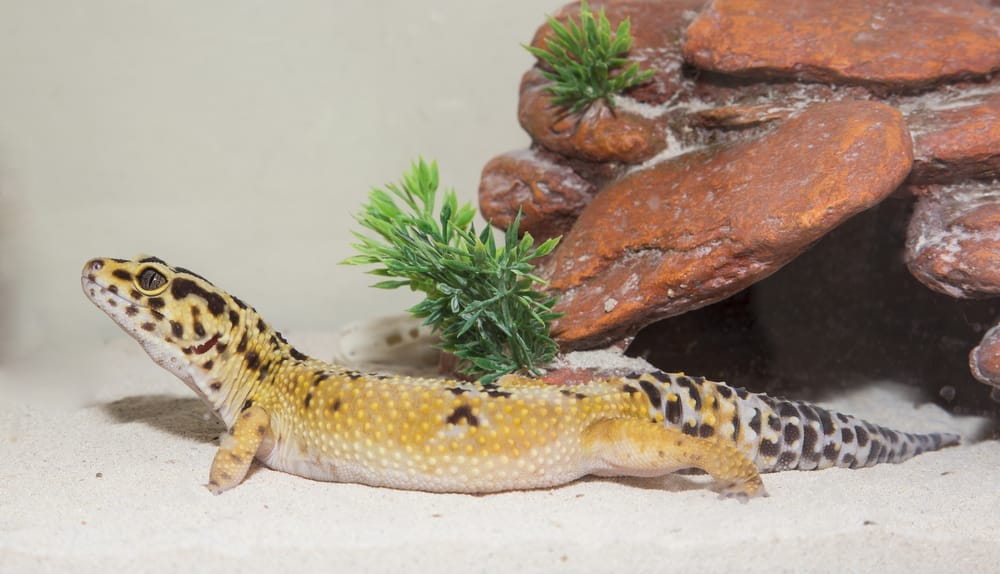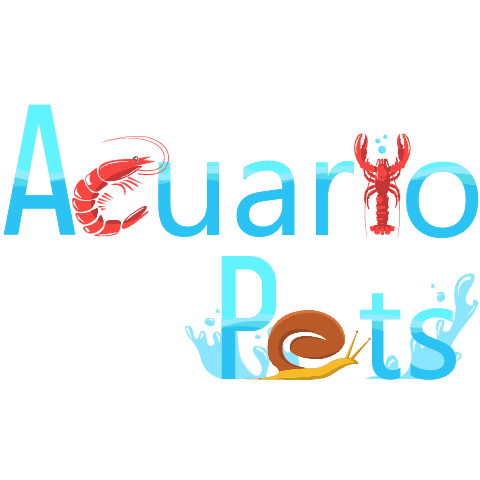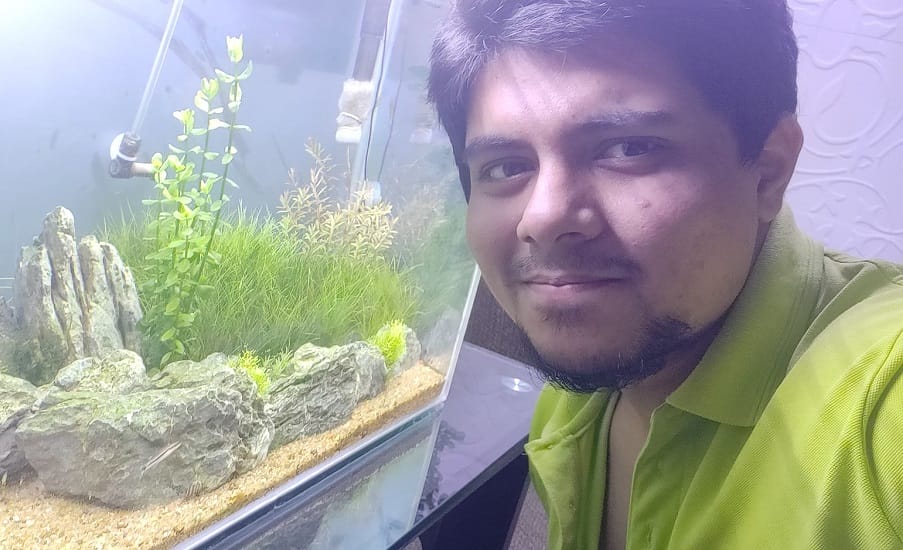This post was created with help from AI tools and carefully reviewed by a human (Muntaseer Rahman) . For more on how we use AI on this site, check out our Editorial Policy.
Check Out These FREE Tools We Made JUST For You!
How To Help Your Leopard Gecko With Stuck Shed

Stuck shed might look harmless at first—just a bit of dry skin on the toes, tail, or face. But if you leave it, it can cut off circulation, cause infections, or even make your gecko lose toes.
Here’s how to deal with it the right way, step by step.
What Is Stuck Shed?
When a leopard gecko sheds, the old skin usually comes off in big, clean pieces. But sometimes bits of it cling to tricky spots—like between the toes, around the eyes, or on the tail tip. That’s stuck shed.
It usually happens because of low humidity. But stress, poor diet, or illness can make shedding harder too.
Give a Warm Soak First
Start by soaking your gecko. Use shallow, warm water—no deeper than its feet. Aim for 5 to 15 minutes.
This softens the stuck skin and makes it easier to remove later. Always test the water with your hand. It should feel comfortably warm, never hot.
If your gecko panics, shorten the time. Some tolerate it well, others don’t.
Gently Remove the Loosened Skin
After the soak, use a damp Q-tip or a soft toothbrush. Gently roll the stuck skin off.
If you see shed wrapped tightly around toes, curved tweezers can help—but only if the skin is loose. If it resists, stop. Don’t tear it. That can cause bleeding or damage the skin underneath.
The goal isn’t to rip it all off at once. It’s to loosen it gently without hurting your gecko.
Focus on High-Risk Areas
The toes are the biggest trouble spot. Skin stuck here can cut off blood flow fast. Check all digits after each shed.
Other tricky areas:
- Around the eyes
- Nose and lips
- Tail tip
- Vent area (under the tail)
For these zones, avoid tools. Stick with soaks and extra humidity.
Add a Humid Hide (Seriously, Do This)
This is your gecko’s best defense against stuck shed.
Take a small plastic container, cut a doorway, and fill it with damp moss or moist paper towels. Place it on the warm side of the enclosure.
It gives your gecko a place to self-regulate moisture during shedding.
Mist the hide daily. If it dries out, it’s useless.
Keep the Right Humidity
Leopard geckos need relatively low humidity most of the time (30%–40%), but during shedding, they need more—closer to 70%–80% inside the humid hide.
You don’t need to turn the whole tank into a rainforest. Just make sure the humid hide stays damp and cozy.
Use a hygrometer if you’re unsure. Dry air is the #1 reason for stuck shed.
What NOT To Do
- Don’t peel or yank shed even if it “looks ready.”
- Don’t skip checking toes—they’re the easiest to lose.
- Don’t soak for too long—over 15 minutes stresses them out.
- Don’t forget the humid hide—yes, I’m saying it again.
Preventing Stuck Shed Long Term
If stuck shed keeps coming back, take a hard look at your care setup. Check these:
- Do you have a reliable heat gradient (warm and cool sides)?
- Is the warm hide around 88–92°F?
- Are you offering enough moisture during shed?
- Is your gecko eating well and not stressed?
Also, make sure there’s no loose substrate that could trap shed or irritate the skin—especially sand. Sand and toes do not mix.
When To See a Vet
Call a reptile vet if:
- Toes or tail tips look swollen or blackened
- Shed is blocking vision or breathing
- You see signs of infection like redness or discharge
- You’re unsure how to remove shed safely
It’s better to look cautious than to regret it later.
Final Thoughts
Stuck shed is common, but it doesn’t have to be a big deal—if you catch it early, soak gently, and fix the humidity. Add a humid hide, check the toes, and don’t rip anything off. That’s the core of it.
If you treat shedding right, your gecko will thank you with clean, stress-free molts—and all 10 toes intact.
About Author
Hello, I’m Muntaseer Rahman, the owner of AcuarioPets.com. I’m passionate about aquarium pets like shrimps, snails, crabs, and crayfish. I’ve created this website to share my expertise and help you provide better care for these amazing pets.
Disclaimer
This site is owned and operated by Muntaseer Rahman. AcuarioPets.com is a participant in the Amazon Services LLC Associates Program, an affiliate advertising program designed to provide a means for sites to earn advertising fees by advertising and linking to Amazon.com. This site also participates in other affiliate programs and is compensated for referring traffic and business to these companies.






